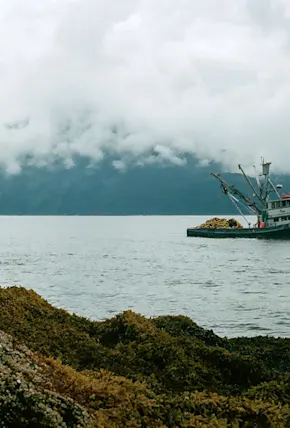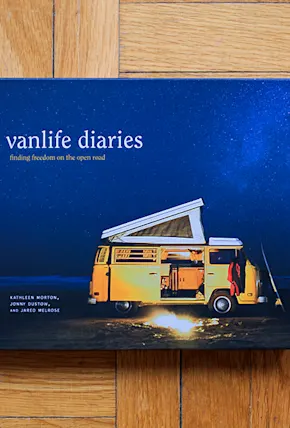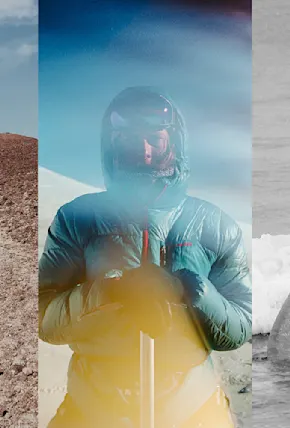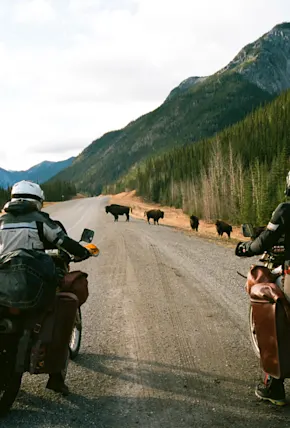*the Pan-American Trail is an editorial series following photographer James Barkman and two childhood friends as they navigate 30,000 miles across the Americas on dual sport motorcycles, climbing classic alpine peaks along the way. Updates will be published periodically. Read Part One here, and follow along via @jamesbarkman and @thepanamericantrail
-
As we waited for a break in the weather to be cleared for takeoff, an Otter with skis dropped out of the clouds and landed on the small airport runway next to us. We watched as a group of exhausted climbers slowly limped out of the aircraft and back onto dry land. Each of the climbers looked like they had been blowtorched in the face, stood in front of a leaf blower, and then locked in a freezer for a week and a half. They were absolutely blasted, and I was completely stoked. This was a real adventure, and we were finally just a short plane flight away from a mountain I had dreamed about for so long.
As the rain started to fall a little harder the pilot said to hop in—we were going to leave anyway. We punched out of the storm clouds and into crisp, sunny weather above the breathtaking mountains of the Alaska Range. Denali loomed in front of us, towering far above every rock and snow-capped peak around. Dropping altitude, our plane weaved in between glacial canyons and banked towards a barely visible cluster of tents. A long trail stretched as far as the eye could see and snaked up the Kahiltna Glacier, dotted with tiny figures marching in single file. Our skis touched down on the glacier runway and the plane buzzed to a stop. Our climb had officially begun!

























